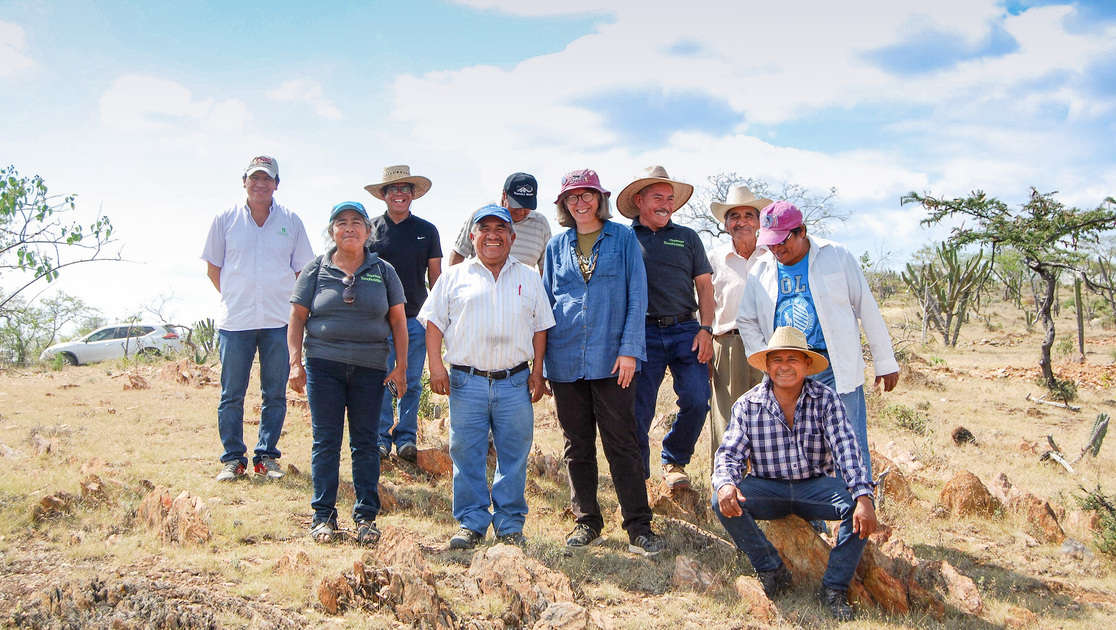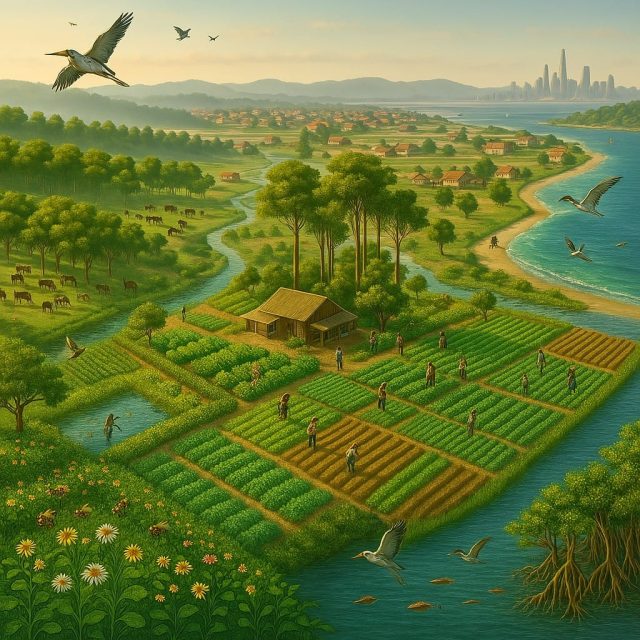The many colors of maize, the material of life
- From
-
Published on
04.06.20
- Impact Area
-
Funders
Global Crop Diversity Trust

Tonahuixtla, a small town located in Mexico’s state of Puebla, had suffered extreme environmental degradation due to deforestation and erosion. Agricultural land was in poor condition and the town had stopped producing many of their heirloom maize varieties, a loss to both biodiversity in the region and local culture. Poverty had increased, forcing many to migrate to bigger cities or to the United States for work. Those who were left behind, most of them women, had few ways to generate income to support their families.
Today, the story of Tonahuixtla is different. The town actively participates in reforestation and erosion-prevention activities. Landrace maize production is increasing, preserving the town and region’s biodiversity and customs. The residents have job opportunities that allow them to stay in their town and not migrate, all while preserving local biodiversity and protecting the environment.
What caused this change?
Corn husks.
Related news
-

ICRISAT to Deliver World-Class Services as CGIAR’s Breeding Resources South Asia Hub
International Crops Research Institute for the Semi-Arid Tropics (ICRISAT)07.07.25-
Biodiversity
-
Food security
Strategic collaboration to scale innovation and deliver harmonized, high-quality support across CGIA…
Read more -
-

Multifunctional Landscapes that reconcile food production, with ecosystem restoration and biodiversity conservation
Multifunctional Landscapes Science Program06.07.25-
Biodiversity
-
Environmental health & biodiversity
The CGIAR Multifunctional Landscapes Science Program (MFL SP) is driven by a bold vision of…
Read more -
-

Agrobiodiversity for People and Planet: How Multifunctional Landscapes Safeguard Diversity, Resilience, and Livelihoods
Multifunctional Landscapes Science Program30.05.25-
Biodiversity
-
Climate adaptation & mitigation
-
Environmental health & biodiversity
-
Food security
-
Health
-
Nutrition
Agriculture and food systems have significantly affected over 75% of Earth's land surface, polluted …
Read more -
